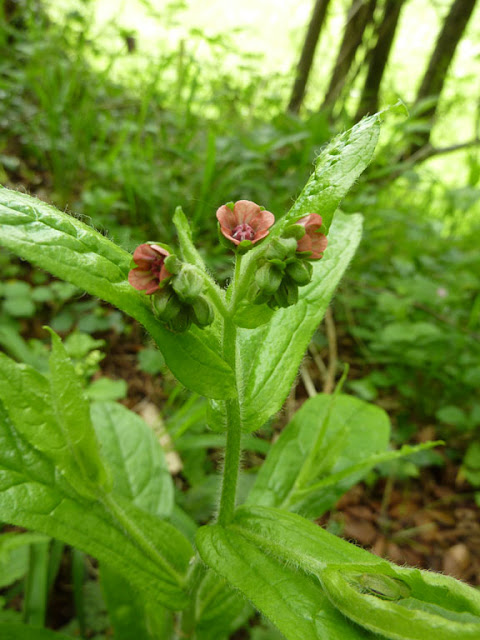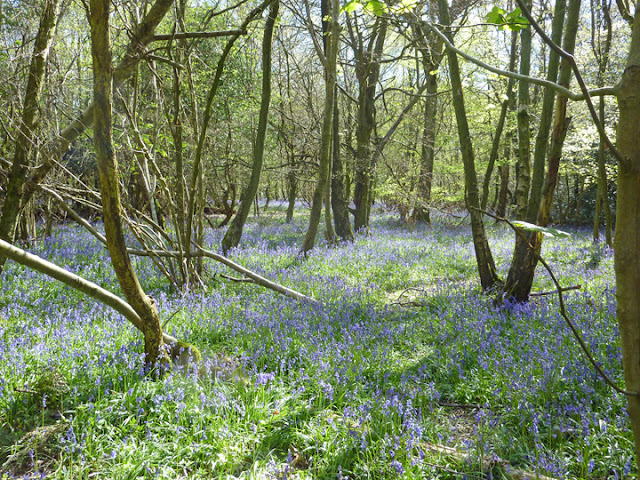Rubies scattered in grass

Borne singly on thread-thin stalks, the Grass Vetchling flower nods coquettishly on even the lightest of breezes. The intense, pure magenta can be seen from some distance, belying the smallness of the bloom. To see them dotted through grassland, like scattered rubies, is always a delight. So it will come as no surprise to you that my afternoon walk through the orchid fields of Park Downs was greatly enlivened by plenty of newly emerged Grass Vetchling. If I were so crass as to come up with a 'botanical top ten', it would be there. The Bee and Pyramidal Orchids are yet to show their glory - I've got that joy to come...










